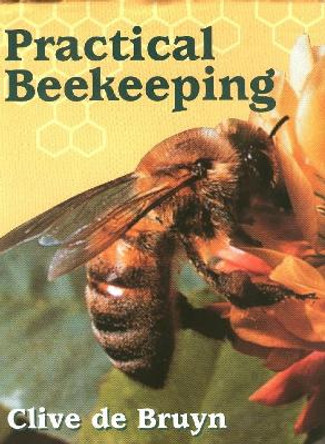Description
The text is structured to facilitate ease of use, with each author addressing the same four issues: 1) What are the specific purposes or goals of these experiments? Or more simply:what have these studies taught us? 2) How should a non-scientist read the data generated? 3) What are the key points in relation to practicing beekeepers' goals? 4) How can the data or techniques discussed be applied by beekeepers in their own apiaries? This approach allows readers to look up specific information quickly, understand it and even put it to use without having to read entire chapters. Further, the chapters are highly readable and concise. As such, the book offers a valuable guide and faithful companion for all beekeepers, one they can use day in and day out.
About the Author
Reviews
"The book has chapters covering a wide range of subjects from pests, pesticides, queen-rearing challenges, varroa resistance, epidemiology to propolis, American foul brood (AFB), sting allergy therapy and more. ... I found this book to be very interesting and it goes some way to elucidating our understanding of the individual immunity and the social immunity of bees. ... I hope that the book's format will be taken up by bee scientists in the future." (John Hill, President British Bee Veterinary Association, BBKA News, December, 2018)
"Many well-known bee scientists have contributed chapters to this new book with the aim of clearly explaining the fundamentals of bee science. ... This book is densely packed and will be very useful for the many beekeepers who want to be scientifically well-informed." (Bees for Development Journal, ISS. 127, June, 2018)
Book Information
ISBN 9783319606354
Author Russell H. Vreeland
Format Hardback
Page Count 213
Imprint Springer International Publishing AG
Publisher Springer International Publishing AG







